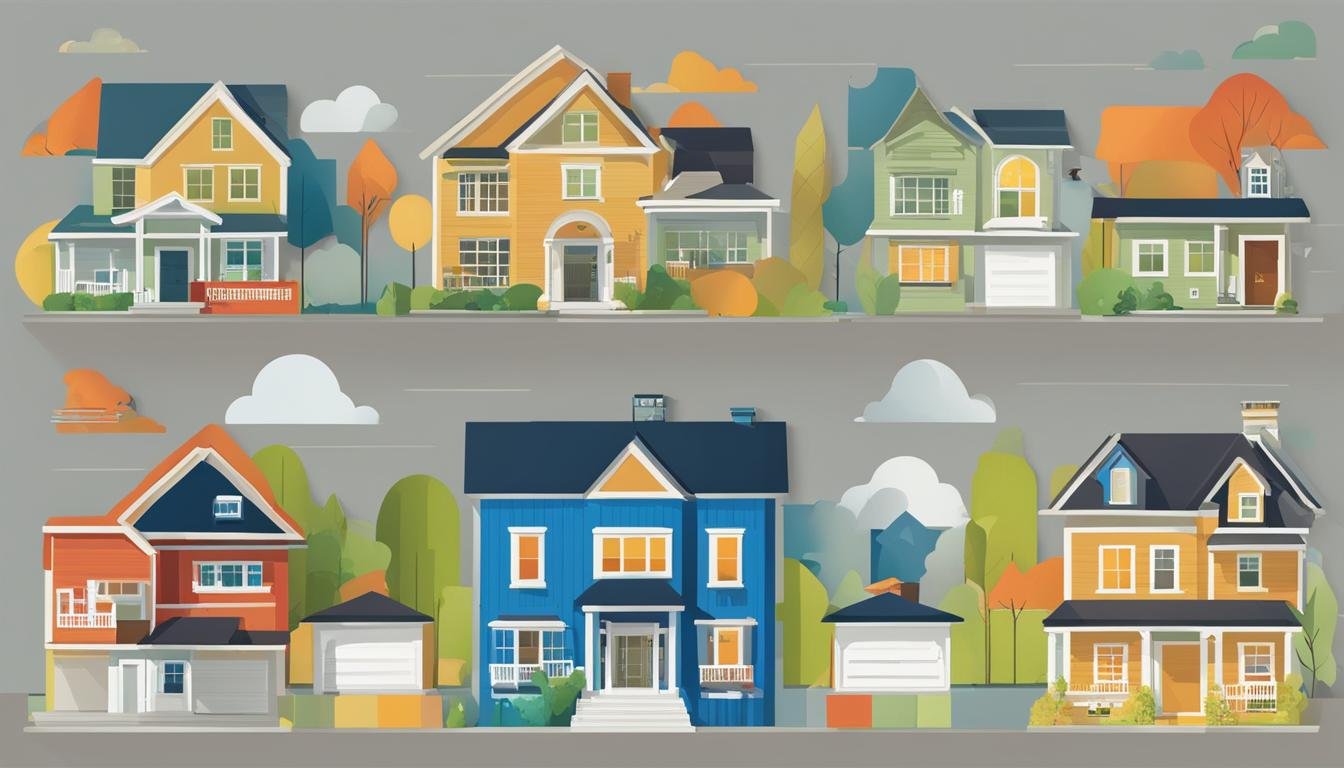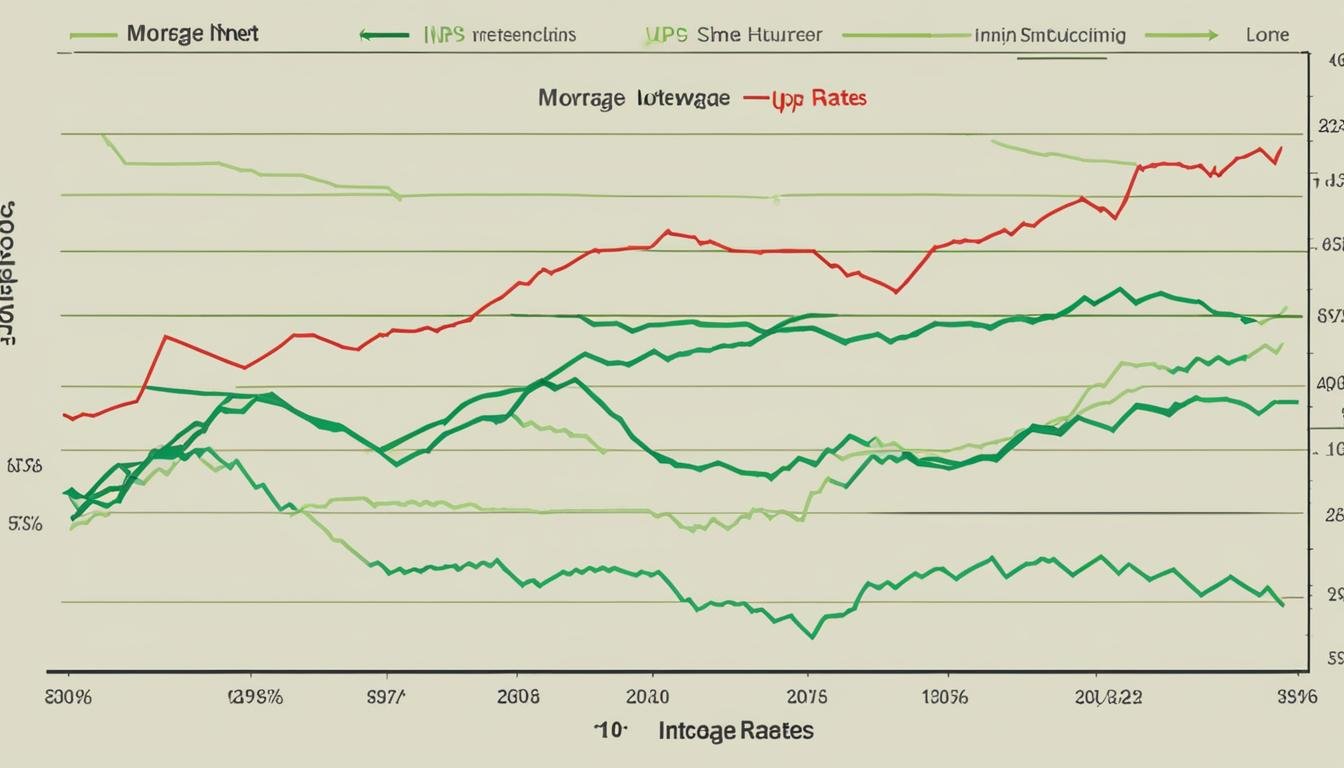If you are thinking of buying a house, then you have likely heard the term “mortgage” before. But what exactly is a mortgage, and how does it work? In this quick guide, we will go over the mortgage definition and provide a comprehensive breakdown of what a mortgage entails for homeownership.
Whether you are a first-time homebuyer or a seasoned real estate investor, it is crucial to understand the basics of mortgages. Knowing what is mortgage and how the mortgage process works will enable you to make informed decisions when it comes to financing your home purchase. So, let’s dive in and explore the world of mortgages.
Exploring Different Types of Mortgages
When it comes to getting a mortgage loan, there are various types to choose from. You need to understand each one, so you can make an informed decision about which option suits you best. Below, we explain the different types of mortgage loans available to borrowers.
Conventional Mortgages
A conventional mortgage is a loan that isn’t government-backed. This loan typically requires a higher credit score and down payment than a government-insured loan. Conventional mortgages are ideal for those with good credit, stable employment, and who can afford a higher down payment.
Government-Insured Mortgages
Government-insured mortgages are loans that come with a government guarantee. It includes Federal Housing Administration (FHA) loans, United States Department of Agriculture (USDA) loans, and U.S. Department of Veterans Affairs (VA) loans. These types of loans help individuals with lower income, little to no down payment, or lower credit scores secure a mortgage.
Specialized Loan Programs
Specialized loan programs cater to specific borrowers’ needs, such as first-time homebuyers, low-income individuals, and those in rural communities. These programs provide advantages like down payment assistance and favorable mortgage terms.
By understanding the different types of mortgages, you can find the right one to fit your budget and lifestyle, helping you achieve homeownership.

Understanding How Mortgages Work
When it comes to financing a home, a mortgage is the most common option. But, how does a mortgage work? The mortgage process can seem overwhelming, but we will break it down into a step-by-step guide to make the process more manageable.
Pre-Approval
The first step in the mortgage process is to get pre-approved. This means meeting with a lender who will assess your creditworthiness and determine how much money you can borrow.
Application
Once you have been pre-approved, the next step is to complete a mortgage application. This application will ask for information such as your income, employment history, and assets.
Underwriting
After your application is complete, the lender begins the underwriting process. During this process, the lender will review your application and documentation to determine if you meet the loan criteria. This includes verifying income, checking credit, and employment history.
Closing
Once you have been approved, it is time to close on your mortgage. This involves signing the loan documents and paying closing costs. Closing costs typically include fees for services such as appraisal, legal fees, title search, and insurance.
Throughout the mortgage process, it is important to understand the relationship between the borrower, lender, and other parties involved. By having a solid understanding of how the mortgage process works, you can make informed decisions and ensure a successful home purchase.
Securing the Best Mortgage Rates
Securing the best mortgage rate is crucial when it comes to homeownership. Here are some tips and strategies to help you get the best possible rate:
- Improve your credit score: Lenders use credit scores to determine your creditworthiness. A high credit score can help you secure a better mortgage rate. Make sure to pay your bills on time, keep credit card balances low, and avoid opening too many new credit accounts.
- Save for a higher downpayment: A larger downpayment means less risk for the lender and can lead to a more favorable interest rate. Consider saving up for a downpayment of at least 20% of the home’s value.
- Shop around: Don’t settle for the first mortgage offer you receive. Compare rates and terms from multiple lenders to find the best deal.
- Consider a shorter loan term: A 15-year mortgage typically has a lower interest rate than a 30-year mortgage. While your monthly payments may be higher, you’ll save money on interest in the long run.
By considering these factors, you can negotiate for better terms and achieve the best possible mortgage rate.

Conclusion
Now that you have a solid understanding of what a mortgage is, how it works, and how to secure the best rates, it’s time to take the next step in your homeownership journey. One essential tool you should utilize when shopping for a mortgage is a mortgage calculator.
A mortgage calculator can help you estimate your monthly mortgage payments based on factors such as the loan amount, interest rates, and loan term. This powerful tool can provide you with valuable insights into your affordability and help you make informed decisions about your mortgage financing.
When it comes to homeownership, knowledge is power. Armed with the information provided in this guide and the use of a mortgage calculator, you’re ready to take the next step towards purchasing your dream home. Remember to continue researching and seeking guidance from professionals in the industry, and you’ll be on your way to achieving your homeownership goals in no time.
FAQ
What is a mortgage?
A mortgage is a loan used to finance the purchase of a property. It is a legal agreement between a borrower and a lender, where the borrower uses the property as collateral for the loan. The borrower makes regular payments, including principal and interest, over a specified period until the loan is fully repaid.
What are the different types of mortgages?
There are various types of mortgages available, including conventional mortgages, government-insured mortgages (such as FHA loans and VA loans), jumbo loans, adjustable-rate mortgages (ARMs), and fixed-rate mortgages. Each type has its own eligibility criteria, interest rates, and terms. It is important to research and understand the different options to choose the one that suits your needs.
How does a mortgage work?
A mortgage works by allowing borrowers to borrow money from a lender to purchase a property. The borrower pays back the loan over time, typically in monthly installments, including principal and interest. Failure to repay the mortgage may lead to foreclosure, where the lender takes possession of the property to recover the outstanding debt.
How can I secure the best mortgage rates?
To secure the best mortgage rates, it is essential to have a good credit score, a stable income, and a low debt-to-income ratio. Additionally, saving for a larger down payment and comparing rates from multiple lenders can help in securing favorable terms. It is also important to consider the loan term and choose the one that aligns with your financial goals.





